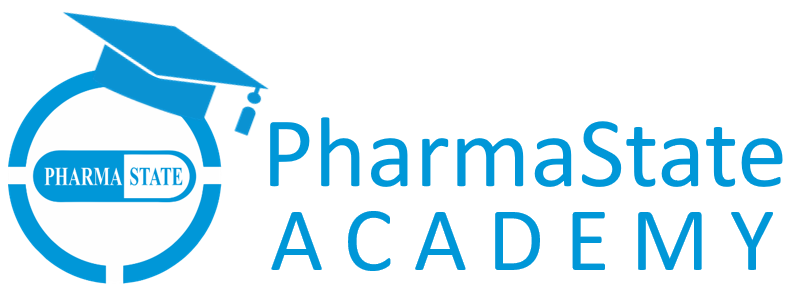CASE STUDY
Effective Customer Communication -
Launching a New Drug in Rural India
Table of Contents
Case Study
Introduction: As the leader of the marketing team at ABCG Pharmaceuticals, you oversee the launch of a groundbreaking new drug designed to address a prevalent health issue in rural India.
Effective communication with healthcare providers and patients in remote areas is essential to ensure the successful adoption and utilization of the new medication.
The Rationale for the Selection of Cases: In selecting cases for this study, we focused on rural regions with limited access to healthcare facilities and lower levels of health literacy. These areas present unique challenges in terms of communication, including language barriers, cultural differences, and limited technological infrastructure. Understanding how communication strategies can be tailored to meet these communities’ needs is critical for our drug launch’s success.
Case Descriptions
A rural district in Uttar Pradesh, where access to healthcare is limited, and healthcare providers face challenges in reaching out to the local population.
Communication Strategy:
Engaging local community health workers (ASHAs) as intermediaries to disseminate information about the new drug through door-to-door visits and community health camps.
A remote village in Bihar, characterized by low health literacy rates and reliance on traditional healers for healthcare needs.
Communication Strategy:
Collaborating with traditional healers and village leaders to conduct awareness sessions on the benefits and usage of the new medication, leveraging local language and cultural norms.
In tribal areas, healthcare infrastructure is non-existent, indigenous communities have limited exposure to modern healthcare.
Communication Strategy:
Partnering with NGOs and local tribal councils to organize health education programs and distribute informational materials in tribal languages through community gatherings and radio broadcasts.
What Do You Think Should Be the Cross-Case Analysis?
Option 01
Option 02
Let us gain more insights into the case study!
Plan of Action

Importance of Local Partnerships: Collaborating with local community organizations, healthcare providers, and traditional leaders proved instrumental in gaining access to remote populations and overcoming cultural barriers.
Tailored Communication Strategies: Communication materials and outreach activities were adapted to the specific needs and preferences of each community, including language, cultural norms, and existing healthcare practices.
Role of Intermediaries: Community health workers, traditional healers, and other intermediaries played a vital role in bridging the gap between healthcare providers and patients, serving as trusted sources of information and support.

The findings from these cases highlight the importance of adopting a patient-centered approach to communication in pharmaceutical marketing, particularly in rural and underserved areas. By prioritizing community engagement, cultural sensitivity, and collaboration with local stakeholders, pharmaceutical companies can maximize the impact of their communication efforts and improve healthcare outcomes.

In conclusion, effective communication with healthcare providers and patients in rural India is essential for the successful launch and uptake of new medications. By understanding the unique challenges and opportunities present in remote areas, pharmaceutical companies can develop tailored communication strategies that address the specific needs and preferences of local communities, ultimately contributing to better health outcomes and increased access to essential healthcare services.
Test Your Knowledge
To top the quiz, get maximum correct answers in minimum time.
| Pos. | Name | Score | Duration | City |
|---|---|---|---|---|
| 1 | Aryan Gupta | 80 % | 1 minutes 16 seconds | |
| 2 | Shubham | 40 % | 2 minutes 29 seconds | |
| 3 | abhishek garg | 20 % | 1 minutes 8 seconds |
Global Average Score of this test: 35%
You must log in to see your results.
Your Leaderboard Rank:
Your Progress Chart:
You must log in to see your results.
